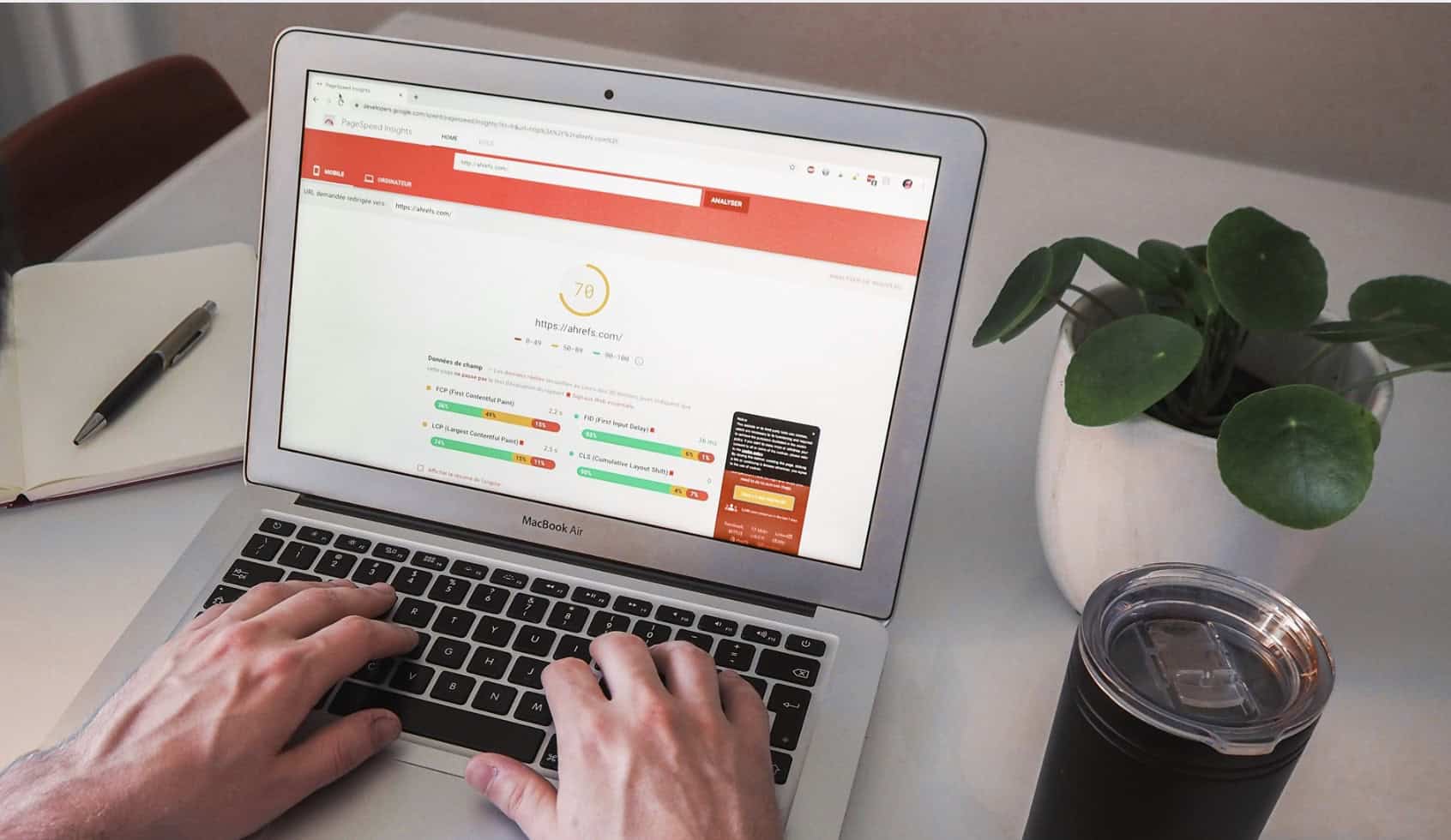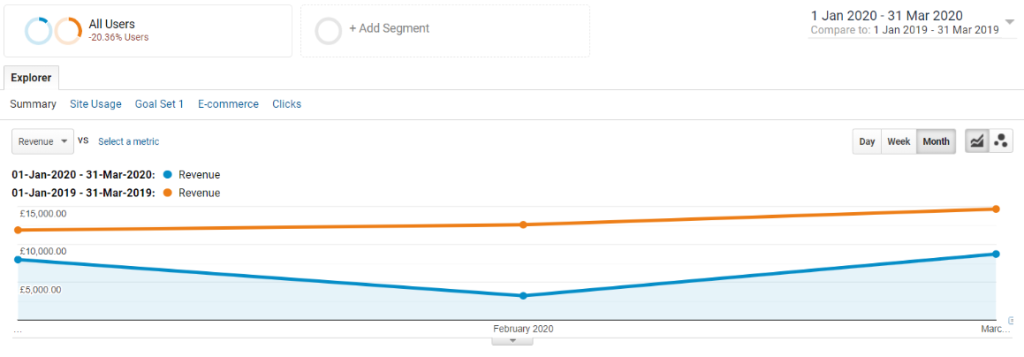
The digital marketing landscape is constantly evolving in response to emerging trends, consumer habits and unexpected obstacles. Being agile enough to adjust our strategies to the first two occurrences is essential, but overcoming the latter is crucial to being able to keep up and stay part of the industry.
We have to be able to respond quickly and efficiently when unforeseen events occur. The reaction should be reflexive, and the action dynamic. Here’s how we succeeded in tackling a challenge with one of our clients in the health and wellbeing sector.
The background
When we started working with this particular client, their website’s site speed had increased to 18 seconds (far above the recommended load time of less than 3 seconds). This was an obvious issue in terms of user experience, but it also caused the site’s conversion rate to drop by 32% YoY to 3.2% in January 2020.
It was also negatively impacting our organic and paid channel results. When comparing data from January to March 2019 to January to March in 2020, we discovered the following:
- Organic search revenue had decreased by 18%
- Paid search revenue had decreased by 49%
- Paid search ROAS had also decreased by 30%
We knew that we had to take immediate action to prevent any further drop in performance.
What we did
The first step was to identify the issues causing the site to load so slowly. Google’s PageSpeed Insights tool suggested that our client’s website was using uncompressed image formats, which led to slower downloads and more data consumption than necessary. We realised that we needed to serve images on the site in more efficient formats and lazy load the images to improve the page load speed. We would also need to reduce the amount of unused code of the site.
For this, we implemented Cloudflare - a content delivery network that works by locating the nearest physical server to a user and loading a localised version of our client’s website that is optimised for that region.
This meant that users would be able to benefit from a faster website load, regardless of where in the world they are as Cloudflare would identify the closest server to them.
Cloudflare also automatically optimises and compresses all of the images on our client’s website. This meant that image load time and file size was reduced, leading to a faster overall page load. We also recommended adding lazy loading to the site’s images to improve site speed.
The results

This graph shows that as loading time decreases, the eCommerce conversion rate begins to grow.
After installing Cloudflare, our client’s website load speed had been cut down to 4.4 seconds. We also saw an instant and noticeable uplift in performance from our paid search and paid social channels, with revenue and ROAS beginning to soar.

Paid search revenue is back on the rise after the Cloudflare installation.
By the end of March, paid search revenue was on the rise, showing a steady climb back to the figures that we had seen before the increase in page speed. Also, ROAS was 5.89 - a 103% increase from between the months of February to March.

Paid social revenue has drastically improved after the Cloudflare installation.
Paid social revenue had also increased after the Cloudflare installation, following a similar pattern to paid search. ROAS by the end of February had been 1.37, which had increased exponentially to 6.22 by the end of March. This was a 354% increase for the paid social channel.
Do you want to improve your website and user experience? Is it time to hit refresh on your digital marketing strategy? We want to help you feel comfortable and confident about every aspect of your online presence, so get in touch with us at hello@seventy7group.com to find out how we can boost your brand today.